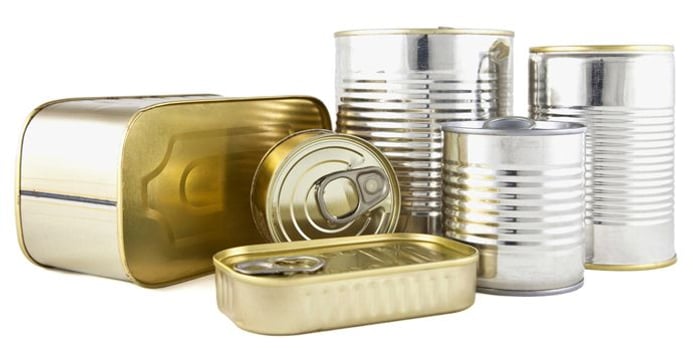Let’s face it. Even with the best of intentions to eat what might be considered a perfect diet, there may be times when you rely on packaged convenience foods. The media loves to demonize these convenience “heat and eat” foods, but the truth is that everyone consumes these foods every now and then.
The problem with a lot of today’s packaged, processed foods is that they are often loaded with copious amounts of fat, sugar, and salt and void of many beneficial nutrients, such as vitamins, minerals, fiber, and disease-fighting phytochemicals. But, with a little tweaking, you can occasionally include some convenience foods in your diet and still reach those nine servings of fruits and vegetables, keep your calorie and sodium intake in check, and enjoy a variety of whole grains and lean proteins.
Pasta or Rice Dishes
All too often, packaged rice or pasta sides — which generally require you to simply add water and butter or briefly boil and add a sauce — are devoid of beneficial nutrients. However, they can be a vehicle for a number of delicious, healthy veggies and muscle-maintaining protein. During the last four minutes of the pasta or rice cooking, toss in some chopped vegetables, such as broccoli, cauliflower, bell peppers, asparagus, or carrots. Additionally, consider using only half of the seasoning pack or cheese sauce to save calories and sodium. You can add in additional spices, herbs, or citrus juices to amp up flavor.
Consider making these packaged side dishes a one-pot meal by also throwing in some lean protein. Canned beans or chicken breast are good options because they require very little prep. You simply rinse them well in a colander to remove about 40% of the sodium, and add it in during the last few minutes and stir to get it hot throughout.
Canned Soups
Canned soups are a quick, easy, portable meal that requires almost no prep beyond zapping it for a few minutes in the microwave. However, the majority of canned or boxed soups are extremely high in sodium and oftentimes don’t contain many vegetables. Be sure to select reduced-sodium varieties and seek out soups that are veggie-heavy. Although soups can sometimes seem underwhelming, doctor them up by adding in some thawed frozen vegetables, some brown rice or whole-wheat pasta, and additional herbs and spices. For low-fat protein, add in some canned beans (drained and rinsed well), chicken, or tofu.
Frozen Pizzas
Keep the calories low, but flavor and nutrient content high. Start off by selecting thin crust cheese pizza (opt for one with a whole-grain crust, if available) — this will save you hundreds of calories from carb-laden crust. Then, add plenty of fresh or thawed frozen veggies — think bell peppers, onions, spinach, mushrooms, olives, banana peppers, jalapeños, tomatoes, asparagus, leeks or zucchini.
Are you a pepperoni fan but concerned about all of its calories and fat? Rather than buying a frozen pepperoni pizza, buy a package of turkey pepperoni and it onto a cheese pizza before you slide it in your oven. Turkey pepperoni has 70 percent less fat than regular pepperoni and tastes just as good.
Frozen Dinners
Because most frozen “TV dinners” have very low-quality meat in them, opt for a vegetarian dish and add your own protein, such as chicken, salmon, beans, eggs, or tofu. Or, buy a whole rotisserie chicken, shred it up (remove the skin first), and add about three ounces to the frozen dinner. Oftentimes, these frozen dinners have large amounts of sauce or liquid that you can stretch further by adding in additional ingredients. Because the heat-and-eat meals are usually very small portions, bulk them up by adding in some fresh, frozen, or canned vegetables, or enjoy a piece of fruit as a side dish or dessert.
[Image via Getty]



